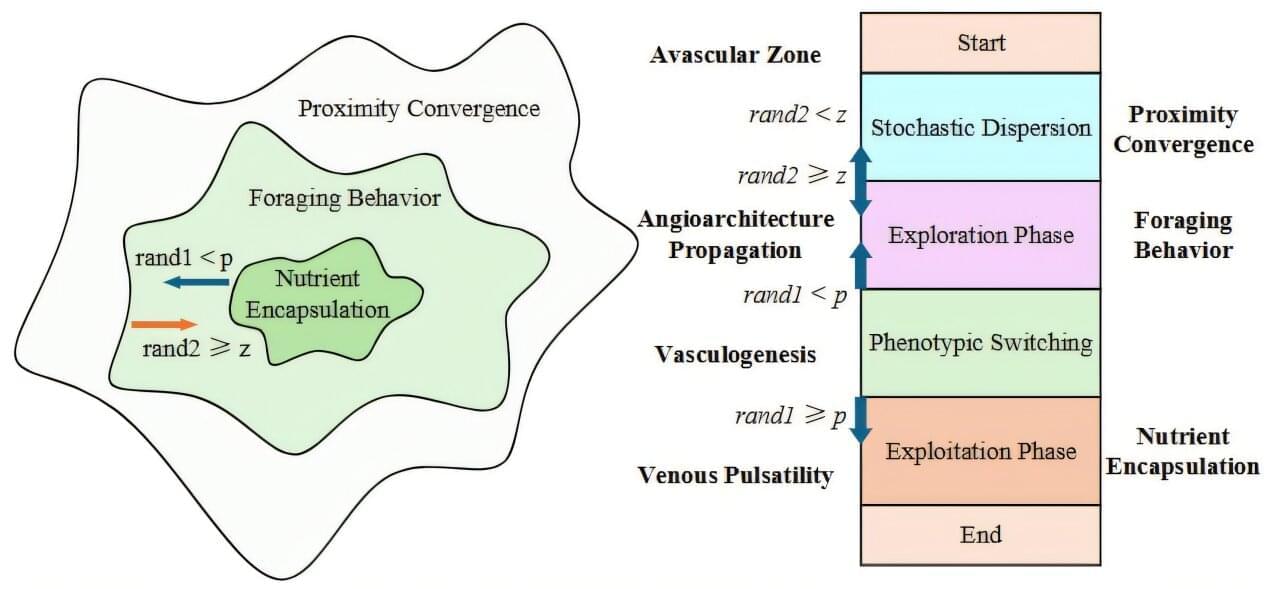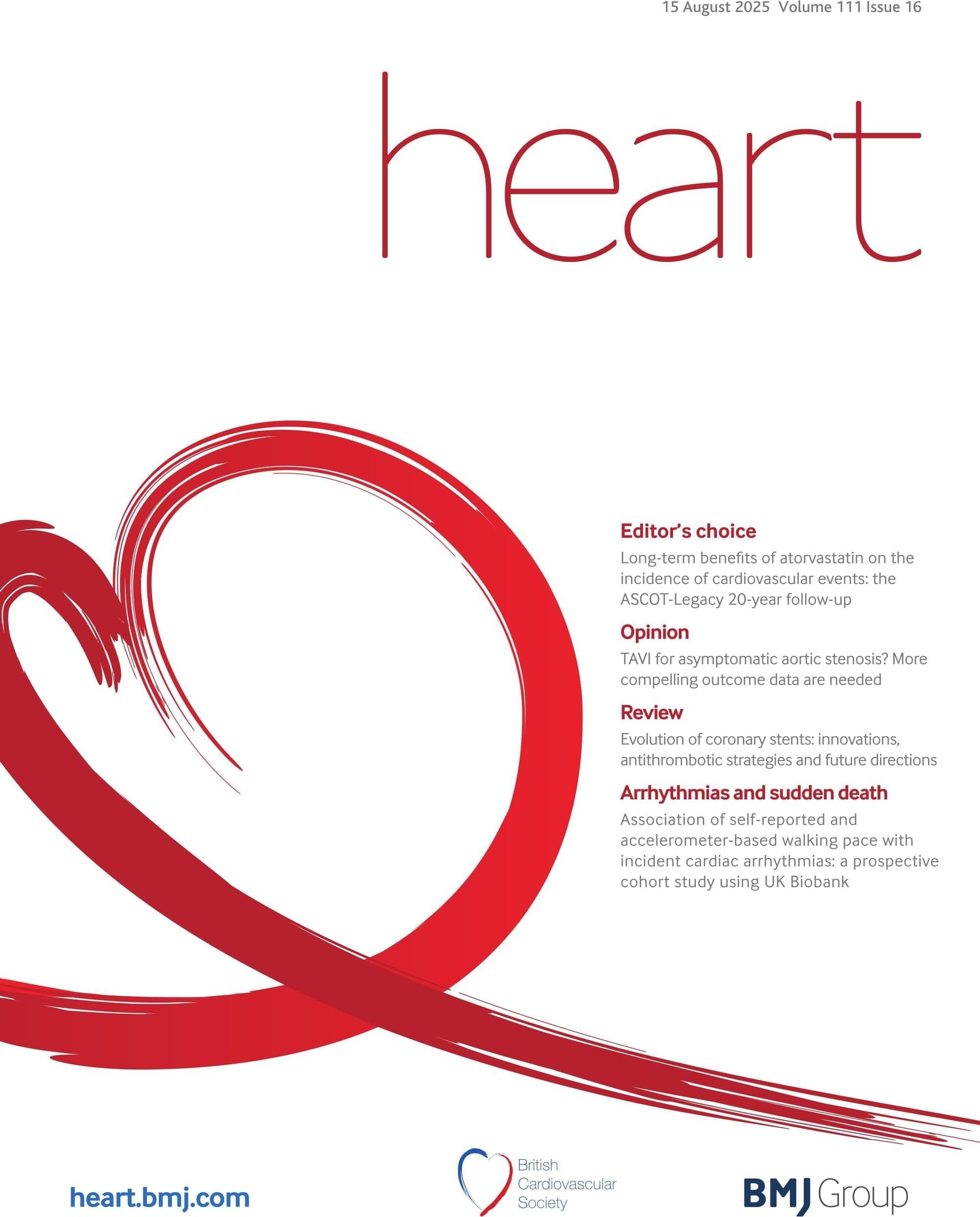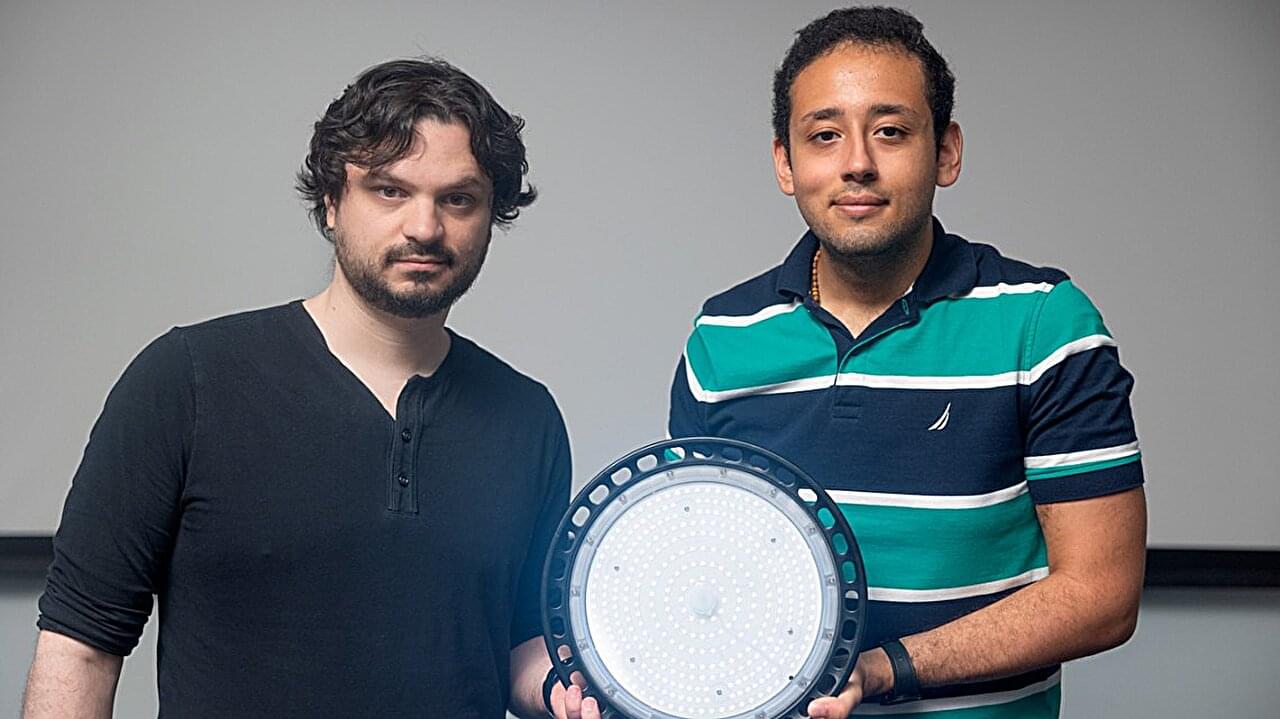We developed a robust epigenetic clock to estimate age from two wild polar bear subpopulations using blood samples. There was a correlation between epigenetic (DNAm) and chronological age throughout the polar bear lifespan. Polar bears in the wild have a lifespan of approximately 25 years (Rode and Stirling 2018), thus the clock estimates age to ±3% of the polar bear lifespan, although we caution that age estimates may be less accurate for older individuals. Advantages to this method include obtaining more accurate age estimates compared to cementum annuli-derived ages and leveraging samples likely already routinely collected (e.g., blood, tissue) during capture, as opposed to pulling teeth. Further, archived samples or previously extracted DNA may be used for DNAm analysis, extending the value of existing samples and saving money on DNA extraction costs. Our results complement other polar bear clocks (Newediuk et al. 2024, 2025) and provide additional support for the use of DNAm methods to estimate the age of wild mammals (De Paoli-Iseppi et al. 2017).
Our DNAm method estimates polar bear age with a MAE of 0.75 years. In contrast, accuracy of cementum annuli for aging polar bears to within 1 year of actual age has ranged from 32% to 75% (Calvert and Ramsay 1998 ; Christensen-Dalsgaard et al. 2010 ; Hensel and Sorensen 1980). Cementum annuli age estimates are less accurate when made by less experienced observers (Christensen-Dalsgaard et al. 2010 ; Hensel and Sorensen 1980 ; McLaughlin et al. 1990) and can vary between laboratories by 10 years (Christensen-Dalsgaard et al. 2010). For example, in one lab, multiple female polar bears were aged at ~10 years, while a second laboratory aged them at 20 years old (Christensen-Dalsgaard et al. 2010). Our method removes these sources of error. We do, however, acknowledge a potential source of technical error, given that all but three of the tooth-aged samples were run on one plate, and the majority of our known age samples were run on another plate.







